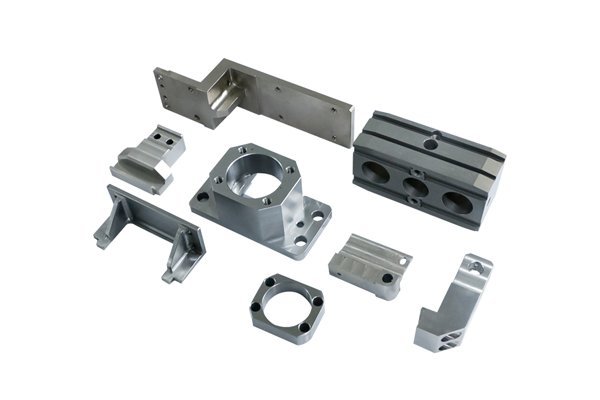: A Profound Transformation in Manufacturing
Did you know that the global automotive industry is projected to reach a staggering $9 trillion by 2025? With such rapid growth, it’s not surprising that manufacturers are continually seeking innovative ways to cut costs, increase efficiency, and enhance product quality. Among the many advancements enabling this transformation, CNC (Computer Numerical Control) machining has emerged as a game changer, particularly for producing custom aluminum parts vital to vehicle performance and safety.
In this blog, we’ll explore the reasons why CNC machining is pivotal in the automotive industry, delve into the various techniques and technologies employed, and provide a comprehensive guide for manufacturers to effectively implement CNC machining for custom aluminum parts.
Why Aluminum?
Before we discuss CNC machining, it’s crucial to understand why aluminum is the preferred material in automotive manufacturing. Aluminum offers a remarkable strength-to-weight ratio, corrosion resistance, and malleability, making it ideal for vehicle components like engine blocks, transmission cases, and suspension systems. Moreover, using aluminum leads to increased fuel efficiency and reduced emissions—two significant factors in today’s eco-conscious marketplace.
Understanding CNC Machining
CNC machining refers to the automated control of machining tools via computer systems. These machines are programmed to carry out intricate tasks such as drilling, milling, grinding, and turning with high precision. The main benefits of CNC machining include:
The Role of CNC Machining in Custom Aluminum Parts Production
One of the most appealing aspects of CNC machining is its compatibility with complex designs. Quick turnaround times for design modifications allow automotive manufacturers to adapt to industry trends and customer preferences.
Technique to Consider: Utilizing CAD/CAM (Computer-Aided Design/Computer-Aided Manufacturing) software will enable designers and engineers to create intricate prototypes and simulate how machined parts will function before actual production.
Automotive components often require stringent tolerances for optimal safety and functionality. CNC machining can achieve precision tolerances of +/
Technique to Consider: Implementing advanced measurement equipment (like CMM—Coordinate Measuring Machines) during production can verify that parts meet precise tolerances.
Aluminum has unique properties, such as thermal conductivity and lightweight nature, which are essential for certain automotive applications. CNC machining can effectively address these characteristics to create parts that perform under high-stress conditions.
Technique to Consider: Choosing the right aluminum alloy for specific applications—such as 6061, known for its excellent weldability and corrosion resistance—can optimize performance in various automotive settings.
Steps for Implementing CNC Machining in Production
Step 1: Planning and Design
Step 2: Material Selection
Step 3: Programming the CNC Machine

Step 4: Machining Process
Step 5: Quality Control
Step 6: Final Assembly and Testing
Cost Efficiency Through CNC Machining
One of the significant advantages of CNC machining is cost-efficiency. Although the initial machinery costs can be high, the long-term savings in labor, waste reduction, and cycle time often outweigh the upfront investment.
Techniques to Optimize Costs
Challenges in CNC Machining
The Future of CNC Machining in the Automotive Industry
As technology continues to evolve, so do the capabilities and applications of CNC machining. Innovations such as additive manufacturing (3D printing), advanced robotics, and AI-assisted machining are poised to further revolutionize the production of custom aluminum parts.
Emerging Trends to Watch
: The Crucial Role of CNC Machining in the Automotive Sector
In summary, CNC machining provides unprecedented advantages for the production of custom aluminum parts in the automotive industry. Its precision, flexibility, and cost efficiency make it an essential tool for manufacturers aiming to remain competitive in an ever-evolving marketplace.
By embracing these advanced techniques and technologies, automotive manufacturers can streamline production processes, ensure high-quality outputs, and meet the growing demands of consumers.
Understanding the applications of CNC machining not only equips manufacturers with the necessary tools to enhance performance but also elevates the entire industry as it moves toward a more sustainable, innovative future. As you reflect on the insights shared in this blog, consider the vital role that effective CNC machining plays in shaping tomorrow’s automotive landscape—it’s not just about high-quality parts; it’s about the future of mobility itself.






